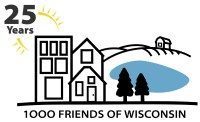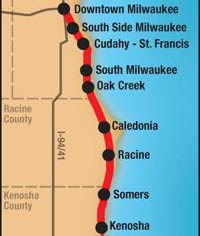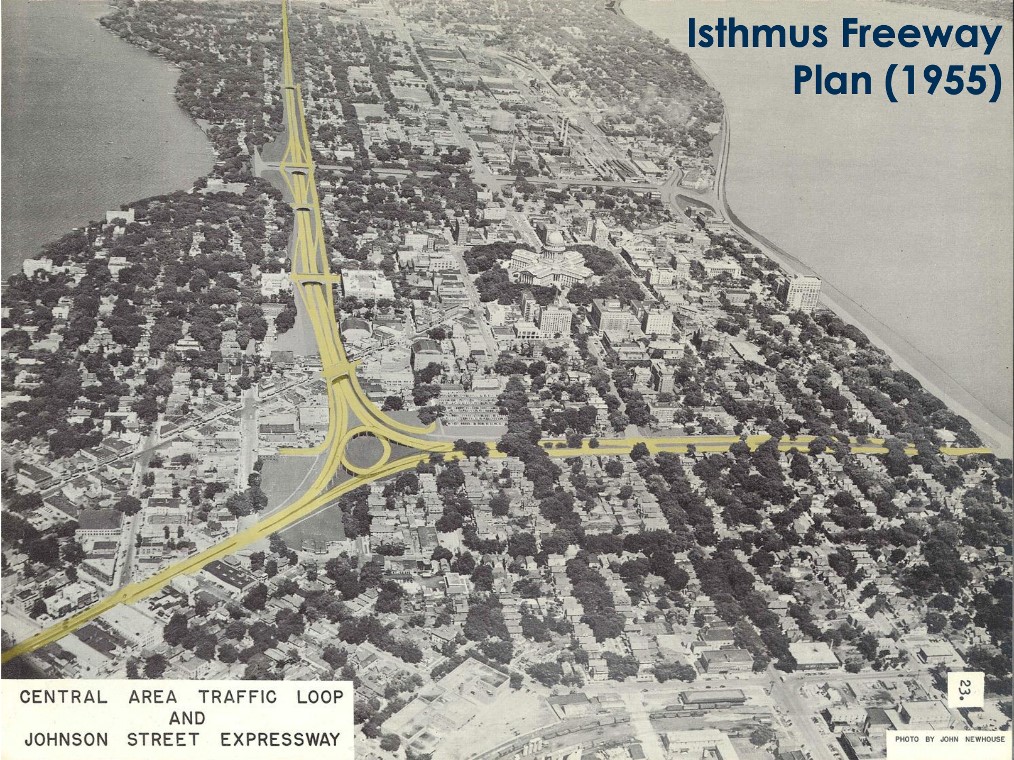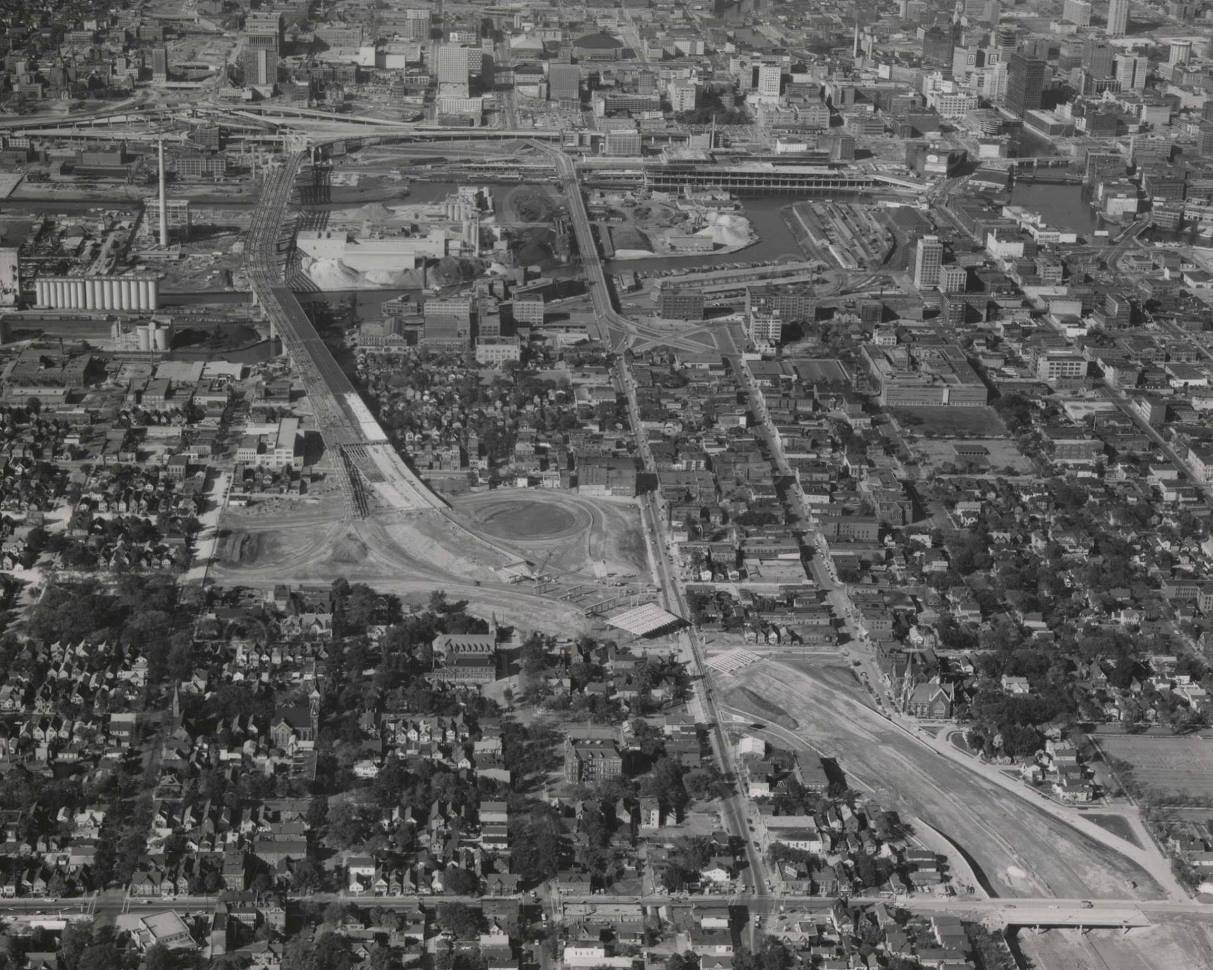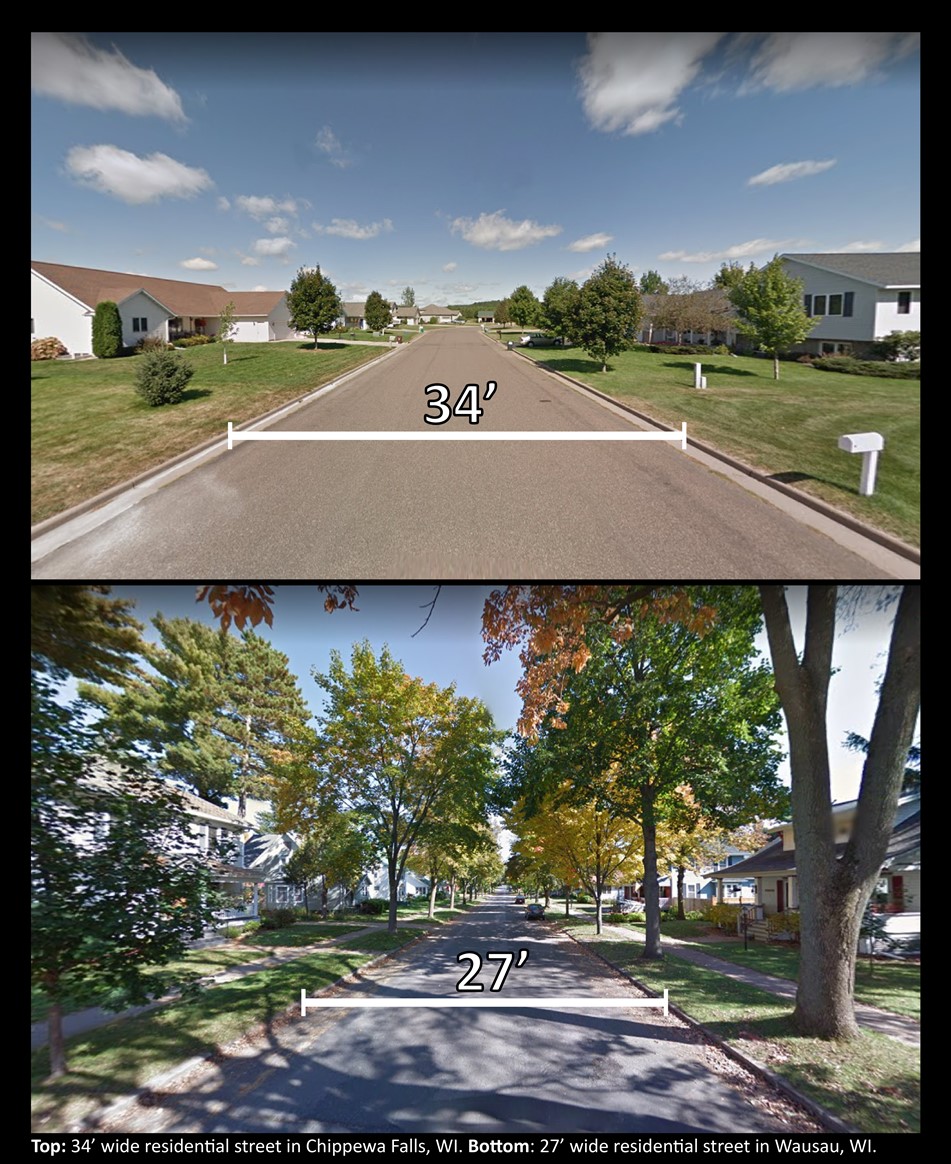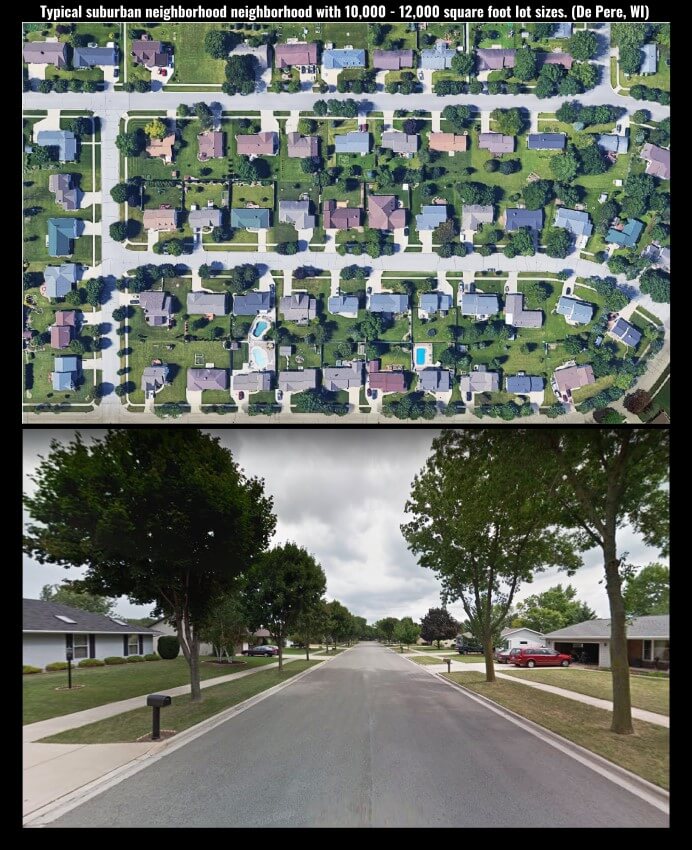#2 – City of Racine – Embracing Commuter Rail Racine’s City Council remains committed to the Kenosha-Racine-Milwaukee (KRM) commuter rail line more than a decade after efforts were ended by the legislature. The City of Racine recognizes that climate change is a growing threat to their Lake Michigan fronting community and that commuter rail could […]
Read more about "Forward Thinking – City of Racine"Forward Thinking – Bayfield County
#1 – Bayfield County – Fixing Local Roads and Building Electric Vehicle Infrastructure in Rural Wisconsin While you may know that Wisconsin’s smallest city is famous for its summer tourists, beautiful shorelines, and warm hospitality, you may not know that Bayfield County is also a leader in sustainability. Local leaders recognized that climate change is […]
Read more about "Forward Thinking – Bayfield County"Transportation Connection (Pt. 6) – Neighborhood Preservation
It’s difficult to visualize the damage that downtown freeways have caused our cities. For many, these highways have always been there, providing economic development and efficient travel into cities from the suburbs. Their role as a cornerstone of racial segregation, and their destruction of municipal budgets and the urban fabric has left our collective memory. […]
Read more about "Transportation Connection (Pt. 6) – Neighborhood Preservation"Transportation Connection (Pt. 5) – Highways as a Land Use
Roads themselves are often overlooked in our urban land use pattern, even though streets and sidewalks can make up almost 80% of the public space in cities. In fact, in downtown Milwaukee, nearly 40% of the total land is devoted to road infrastructure. Most of these streets are necessary to create a complete transportation network. […]
Read more about "Transportation Connection (Pt. 5) – Highways as a Land Use"Transportation Connection (Pt. 4) – Local Ordinances
Part 4 of the transportation connection will explore street width preferences, which have an outsized impact on our land use patterns.
Read more about "Transportation Connection (Pt. 4) – Local Ordinances"Transportation Connection (Pt. 3) – Minimum Lot Sizes
As Wisconsin has become more auto-dependent, local ordinances have responded to accommodate vehicles. Working under the surface, our regulations have helped mandate a land use pattern that is conducive to vehicles at the expense of all other forms of travel. Often overlooked, zoning codes and municipal ordinances like mandatory parking, minimum lot sizes, and street widths have shaped and now […]
Read more about "Transportation Connection (Pt. 3) – Minimum Lot Sizes"